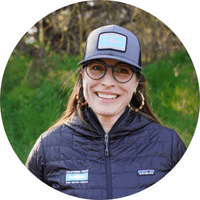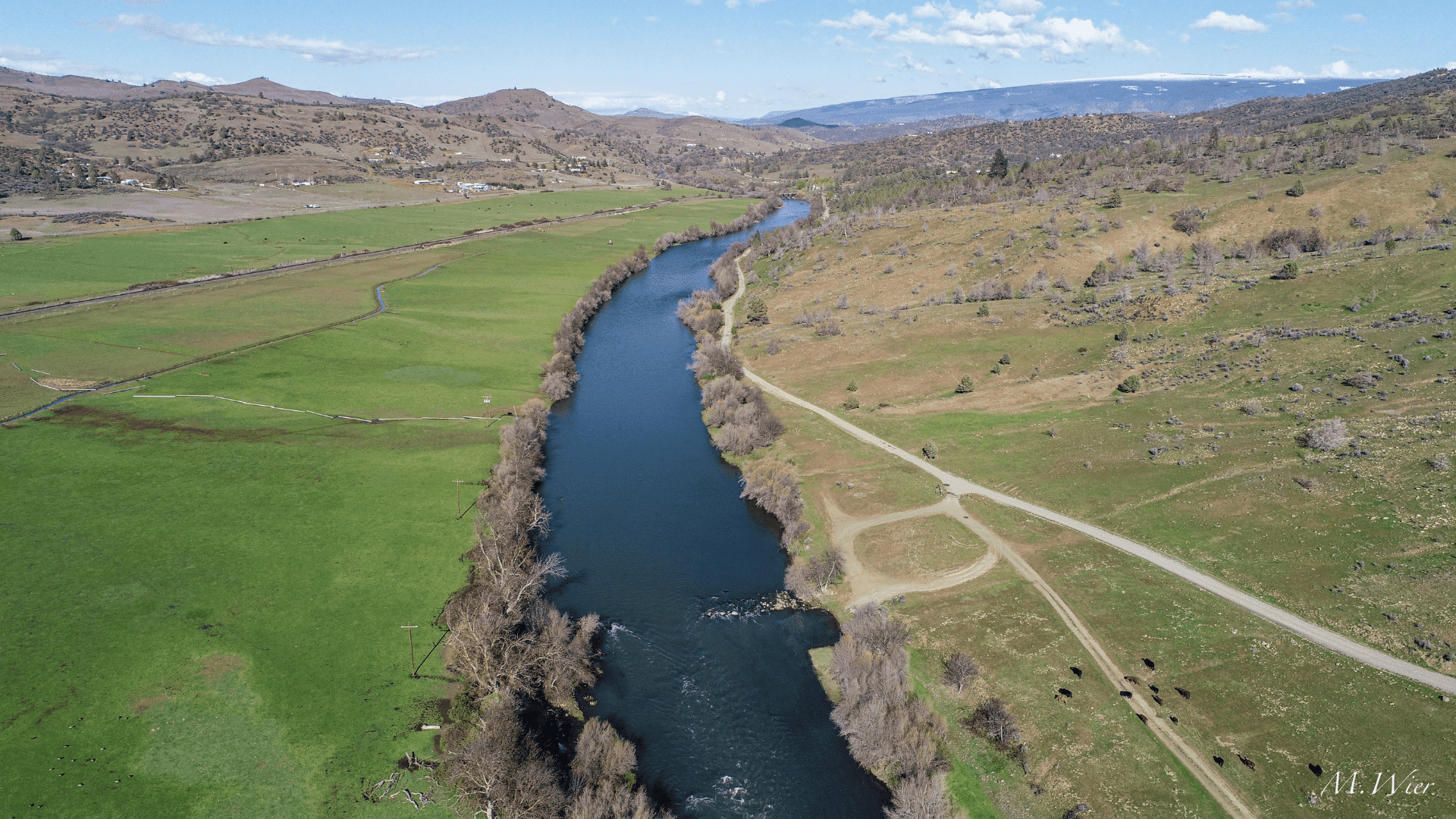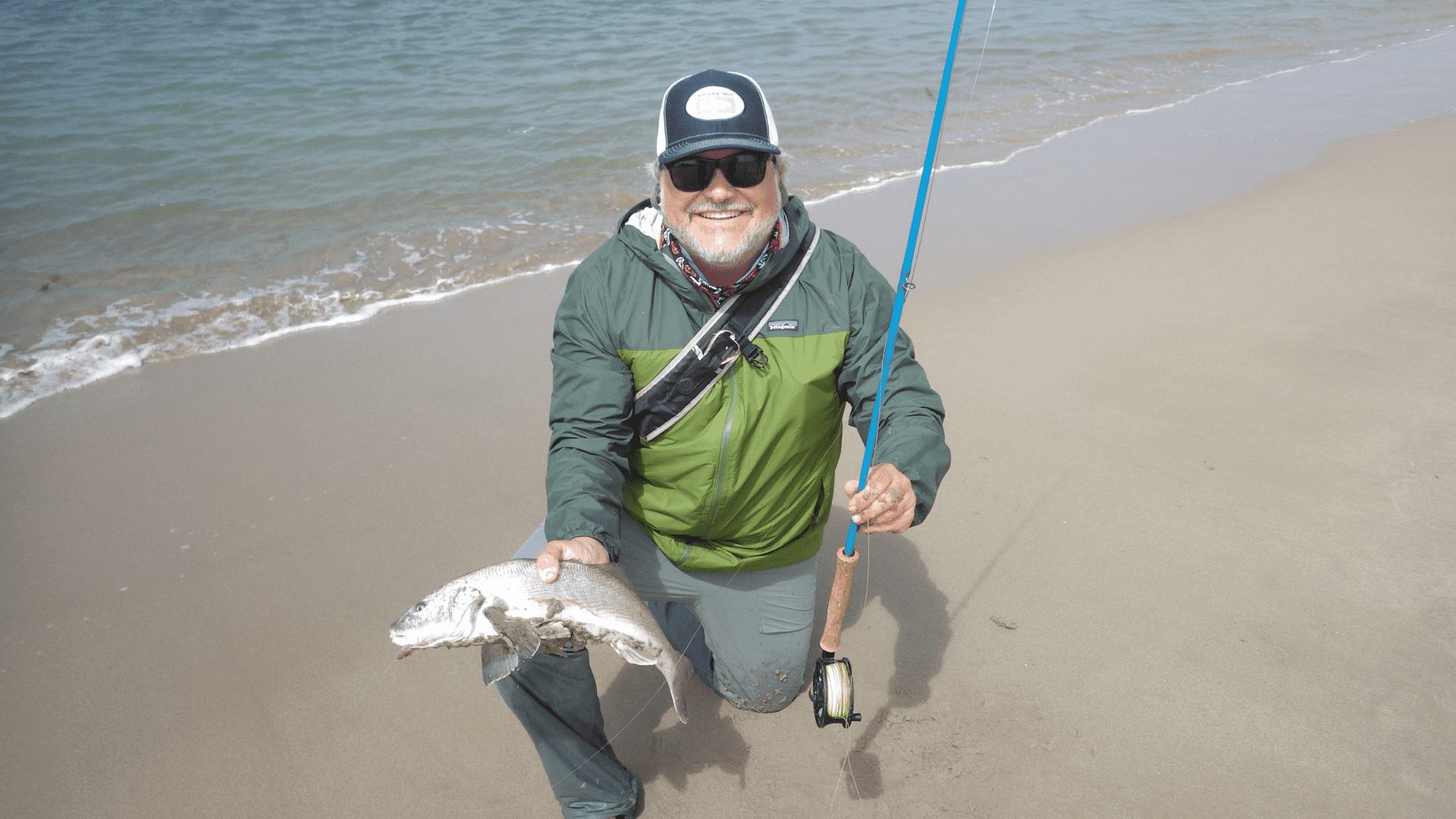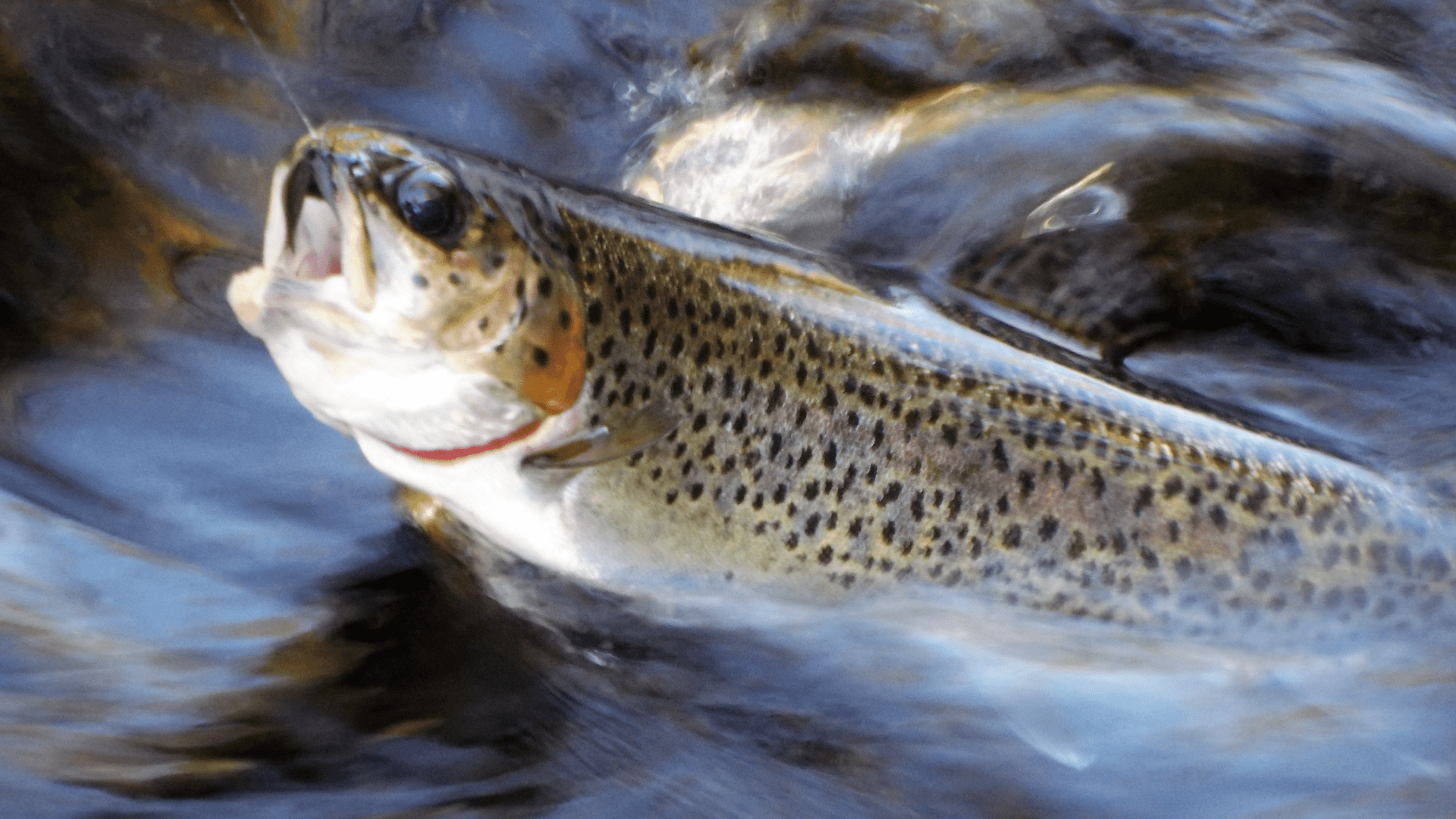This year, CalTrout stumbled headlong into the Classroom Education Aquarium Program (CAEP). Also known as Trout in the Classroom (TIC), this experiential program brings nature into science classrooms statewide by providing aquariums, salmonid eggs (what kind depends on where you are regionally), and volunteers to support the technical aspects of the program.
CalTrout has been involved with Trout in the Classroom for many years, both through partners and brief sponsorship in different regions, but has not been closely involved for some time. This year, due to increased staffing capacity, we have been able to explore opportunities that were previously beyond our capacity. It became clear that CalTrout’s involvement with this wide-reaching program would align clearly with our desire to support initiatives that grow the next generation of environmental stewards – and thus, CalTrout began our sponsorship of this program out of our San Francisco office.
Cover Photo: Courtesy of French American International School
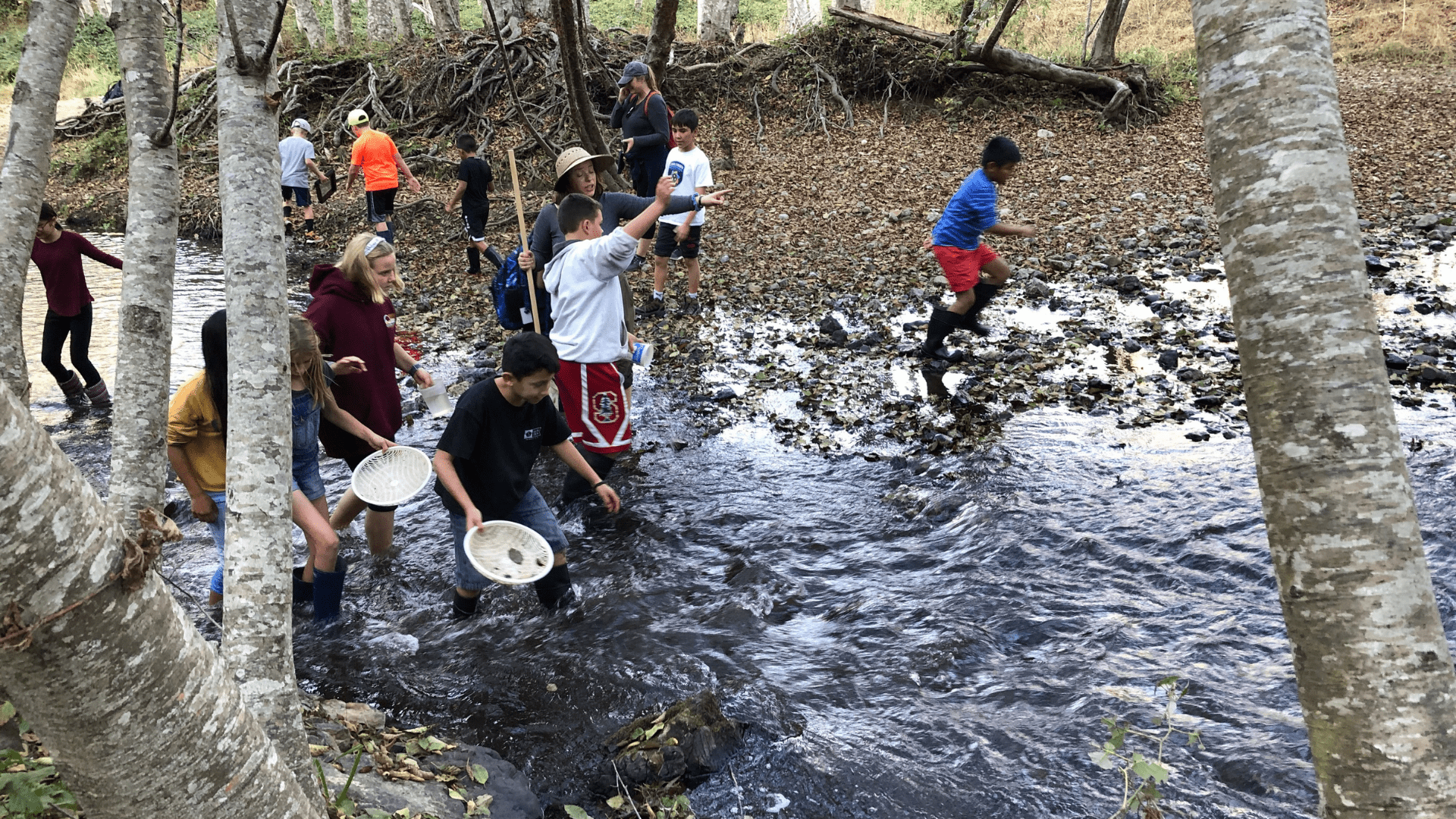
A Community-Based Program
Many of our readers likely know about the CAEP/TIC program, but to add some greater context, here are some details on what the program does and how it functions:
The CAEP is a community-based program, which in this context means that this program is a collaboration between the California Department of Fish and Wildlife, non-governmental organizations, and local schools. Non-governmental organizations include local fly clubs, non-profits, and others.
Ethan Rotman of the California Department of Fish and Wildlife (CDFW) has taken a relational and tenacious approach to managing this program, which has supported a tight-knit and independent community of sponsoring organizations to grow the program. This community of organizations goes the extra mile to support this program even when they encounter immense challenges, such as COVID-19 and the related supply chain issues that affected sourcing for aquariums and their components.
Supported by Volunteers
While CDFW provides high-level support, sponsoring organizations provide financial support for equipment and recruit volunteer “coaches” who take on several roles. These volunteers relationship-build with teachers; they transport, set up, and help break down aquariums. They pick up eggs and bring them to classrooms; they provide in-classroom presentations or activities based on what the teacher needs or what skills the volunteer coach brings.
Local volunteers are a critical part of the program – it is safe to say that without them the program would be far less popular with teachers, and much more difficult to facilitate.
This year CalTrout recruited two volunteer coaches from our network to support the classrooms we sponsored in San Francisco at the French American International School and George Washington High School. Richard Sander and Kim Laur took on the challenge of being the first small cohort of volunteers through CalTrout to support this program. Without their participation, these classrooms would have had to wait until there was available support to run the program.

Teachers can request for this program to be brought into their classroom by reaching out to CDFW, who then connects them with a sponsoring organization in their area. CDFW provides ongoing miscellaneous support to teachers and sponsoring organizations as well as facilitating the training that prepares both teachers and volunteers to teach/support this program. Once the eggs arrive in classrooms, students are involved every step of the way in rearing the trout, from placing eggs into their classroom aquariums to releasing fry into CDFW designated waterways.
The Bay-Delta region CAEP is the most robust one in the state. Before COVID-19 the program was in 383 classrooms in the Bay-Delta region, serving approximately 1200 youth. That number dropped by half during the midst of COVID and is now rising again steadily. CDFW in the Bay-Delta region, in collaboration with partners, has produced a library of curriculum and non-curriculum resources for teachers and facilitators that support and supplement Trout in the Classroom programs nationwide to flourish.
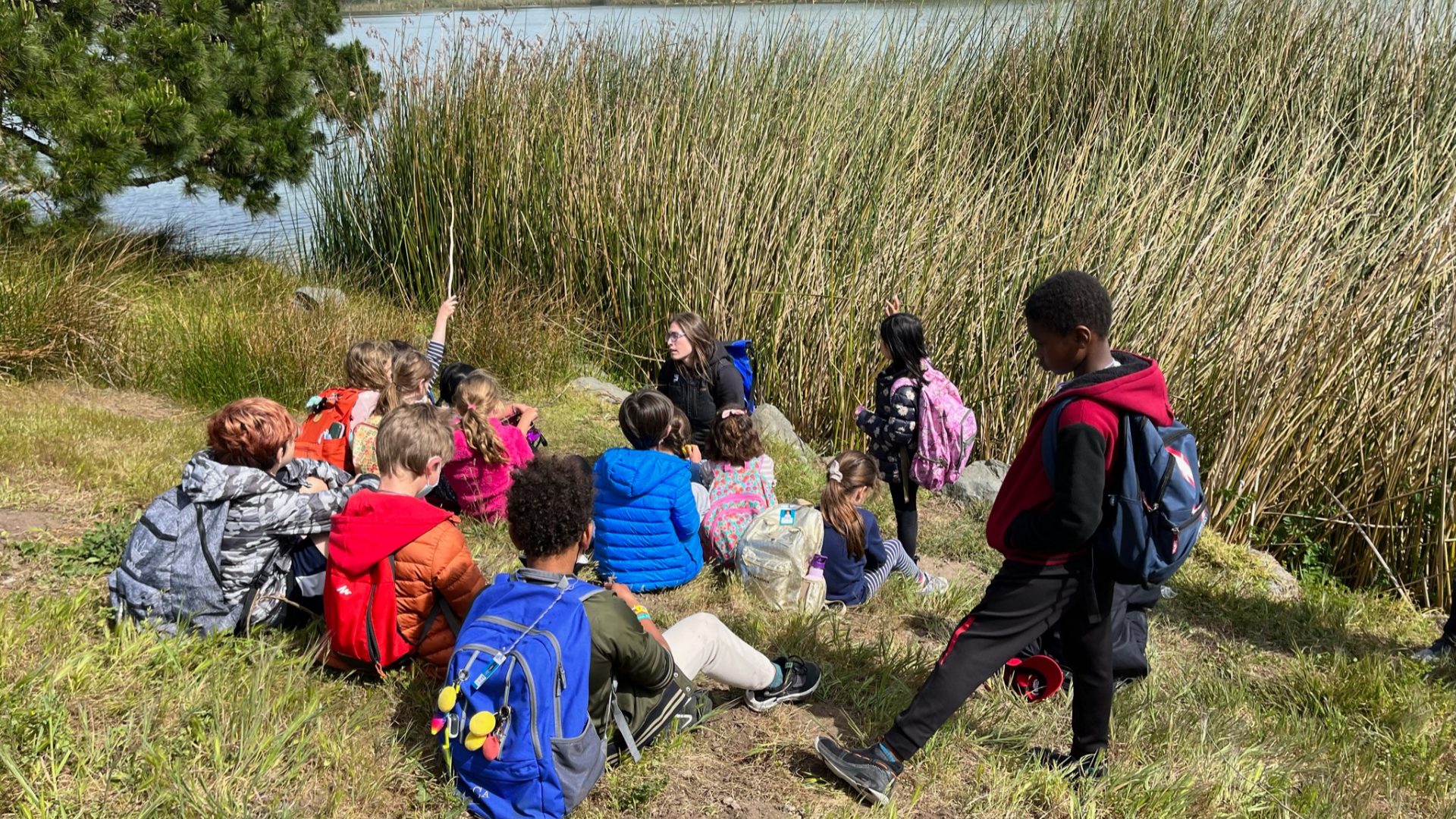
An Opportunity for Nature Connection
Although the technical aspects of this program are impressive, there is something more intangible about this experiential program that is significant.
I sat down with Ethan Rotman of CDFW, the conductor of the orchestra that is the Bay-Delta Region CAEP, to try to get to the heart of what it is that makes this program unique. That conversation is woven in below.
Ethan has been an environmental educator for over 40 years and advocated to take on the coordination and oversight of this program because he saw the potential for its impact. Ethan believes that this program is one of the most effective tools he has seen for getting youth involved in environmental stewardship.
Although students are exploring this unit in their science classes, once the eggs arrive and hatch, Ethan sees a switch from a “purely cognitive experience to an emotional one.” In many instances, students become deeply dedicated to the rearing of their fish. In a time that is increasingly more technological, where some might say interacting with nature is deemphasized, the CAEP gives students a unique opportunity to interact with wild animals in their classrooms, and in nature during field trips.
I witnessed this emotional connection firsthand at the trout release day for the third-grade French American International School classrooms that CalTrout sponsored this year. Every student wrote a letter to their trout that they read out while it was released. Teacher Emily Shaw was the driving force behind bringing TIC into the French American International School classrooms this year, and along with teacher Janelle Eastridge recounted the experience of the program’s impact, stating:
“The Trout in the Classroom program provided an incredible, hands-on opportunity for the children in our third-grade classes to learn about habitats, lifecycles, and ecosystems. The kids thoroughly enjoyed watching the trout hatch, grow, and finally releasing them into the wild. Through this experiential learning opportunity, they have developed greater awareness around protecting our precious resources and environment and have become stewards of our watershed.”
- Emily Shaw
“The kids really took ownership of the project, naming "their" fish and even writing good-bye letters to read to them on release day. I personally enjoyed learning more about trout and felt that our release day, while exciting, was actually quite emotional as we said goodbye!”
- Janelle Eastridge
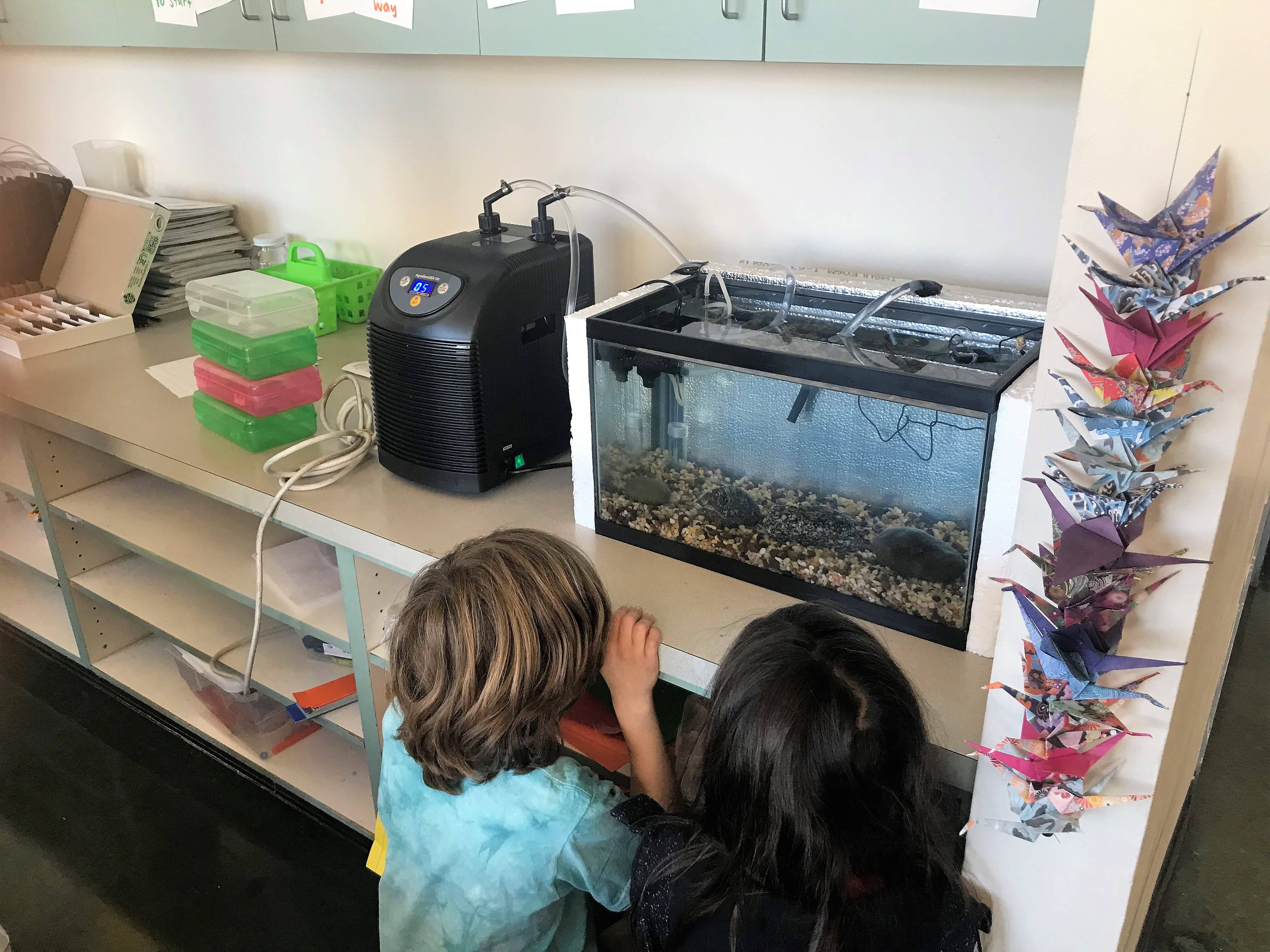
A Sense of Responsibility
Raising these trout fry from eggs imbues a sense of responsibility into students that for many isn’t easily replicated in other parts of their lives – one might say that this sense of responsibility leads to a deeper sense of connection to the natural world through participating in the life cycle of these small trout. Jordan Lee, marine biology teacher at George Washington High School, said as much about the program in his classroom:
"This program was a great way for my students to connect to the organisms they're learning about in class. Every day, a group of students was assigned to observe the trout and to make sure the pH and temperature of the water were at good levels. This helped them feel like they were directly responsible for the trout and taught them that human impacts on watersheds can negatively affect wildlife, especially salmonids. They were so excited to see the fish hatch, develop, and be released!"
- Jordan Lee
This deep impact is what feeds Ethan Rotman – the fact that this web of people, organizations, and agencies are all working together towards a common goal of creating a positive experience for youth that will encourage them to become protectors and stewards of their local environments. For Ethan, this collaboration and its outcomes feed into the larger goal of creating a better planet.
This program also provides time outside the classroom through field experiences. Students often get introduced to local streams or lakes in their communities that they may not have visited before. Growing up in San Francisco and Berkeley, I had classmates who had never seen the Pacific, and I myself spent my most formidable years never laying eyes on ecologically vital waterways in the East Bay, such as Sausal Creek, Strawberry Creek, and many more. This program creates access to natural spaces that may have otherwise been inaccessible to many young people.

A Program That Grows Community
The CAEP not only benefits youth but also creates the structure for adults who care about the environment to contribute to environmental education efforts for youth in their local communities in a meaningful way. It creates the opportunity and tools for these individuals to succeed as mentors and educators.
Ethan is always curious about the metrics of his observations on this program’s impact. How can we find out the indisputable impact of this program on the youth who participate? Do they grow up more likely to go into careers in science, does nature become a more central experience of their life? Ethan hopes to launch the research required to answer these tough qualitative questions, as it would bring greater clarity to the true impact of this program and any like it.
As the number of teachers who wish to participate in the program grows, the demand is starting to grow greater than the number of volunteers available. As volunteers are at the heart of this program, more collaboration than ever will be required between sponsoring organizations to recruit and keep volunteers. Many sponsoring organizations are creatively stepping up to meet this challenge. Our partners at Flycasters of San Jose sponsor a robust TIC program throughout the South Bay and are in the process of creating media that will both recruit more teachers and keep the program out in front of the community who may be interested in becoming volunteers.
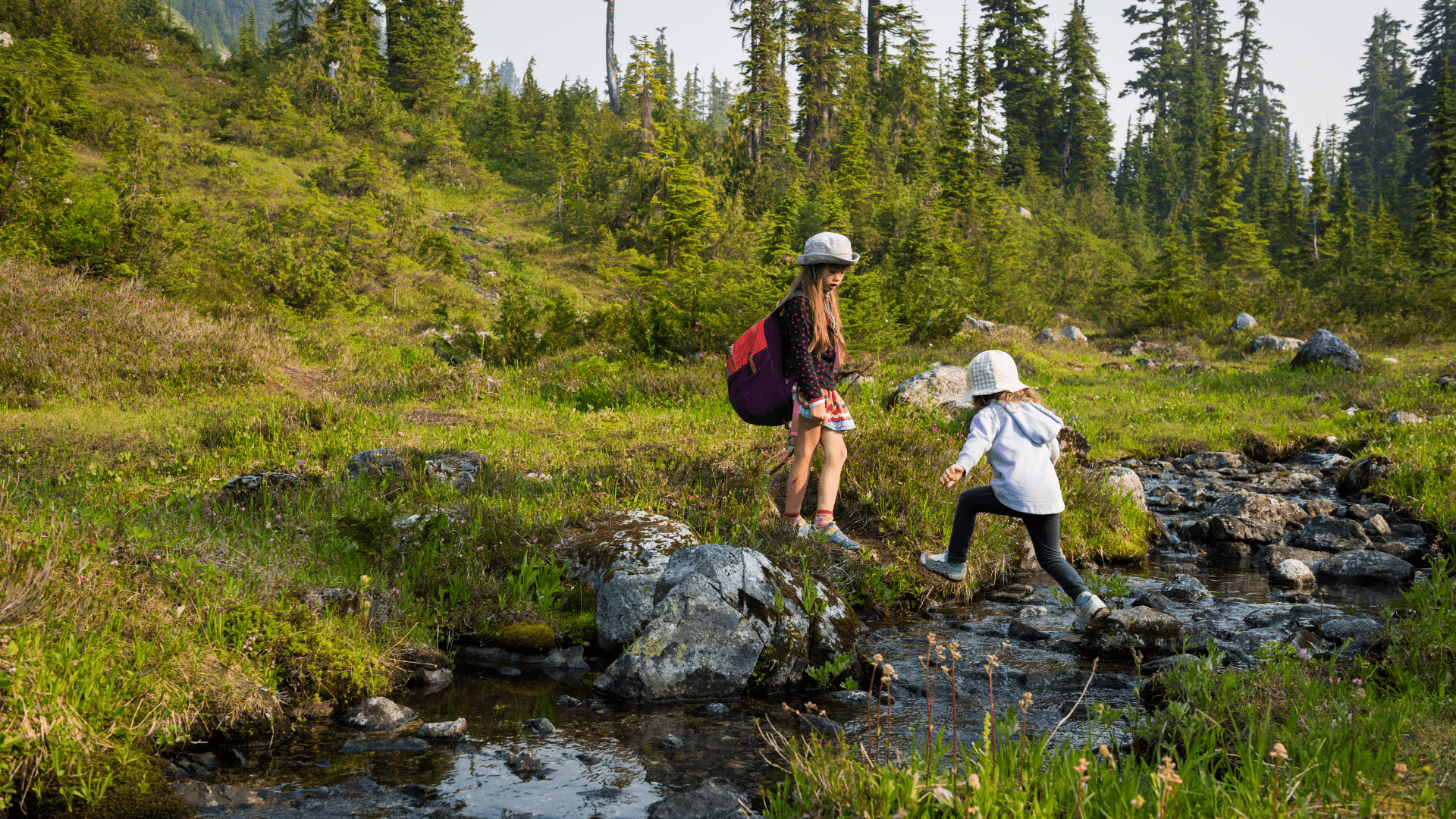
Trout in the Classroom is many things – the program implementation system can be complex and imperfect, but it is not stagnant.
This program is a process, and the opportunities for it to continue growing and changing in its implementation and content are endless. When I consider the successes of Trout in the Classroom I feel hopeful – it is a community-based program, with a web of support, making it resilient. It is a program that brings wild animals into science classrooms in both private and public schools. It is a program that might create a chance to feel the full-body awe that seeing a living animal and tending to it can bring. That sense of wonder, not a sense of obligation, is what will build the next generation of environmental stewards.
As a community of conservation-minded individuals and groups, we need to look towards education as a stream to tend and use the many tools at our disposal, such as the Trout in the Classroom program, to do so.
Interested in becoming a Trout in the Classroom volunteer next spring? Reach out to Molly at mancel@caltrout.org.




